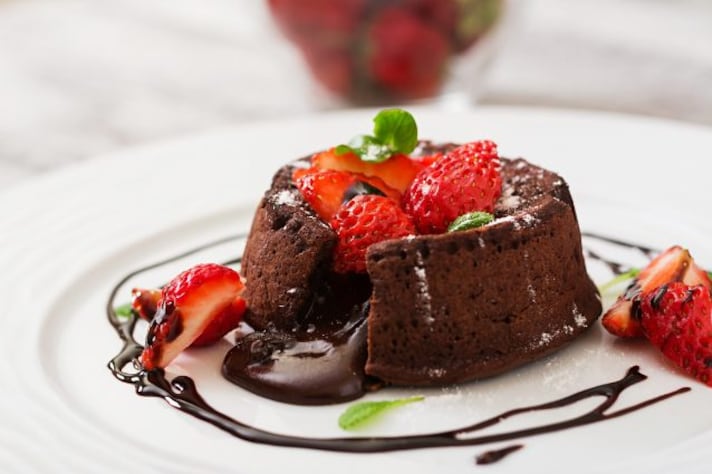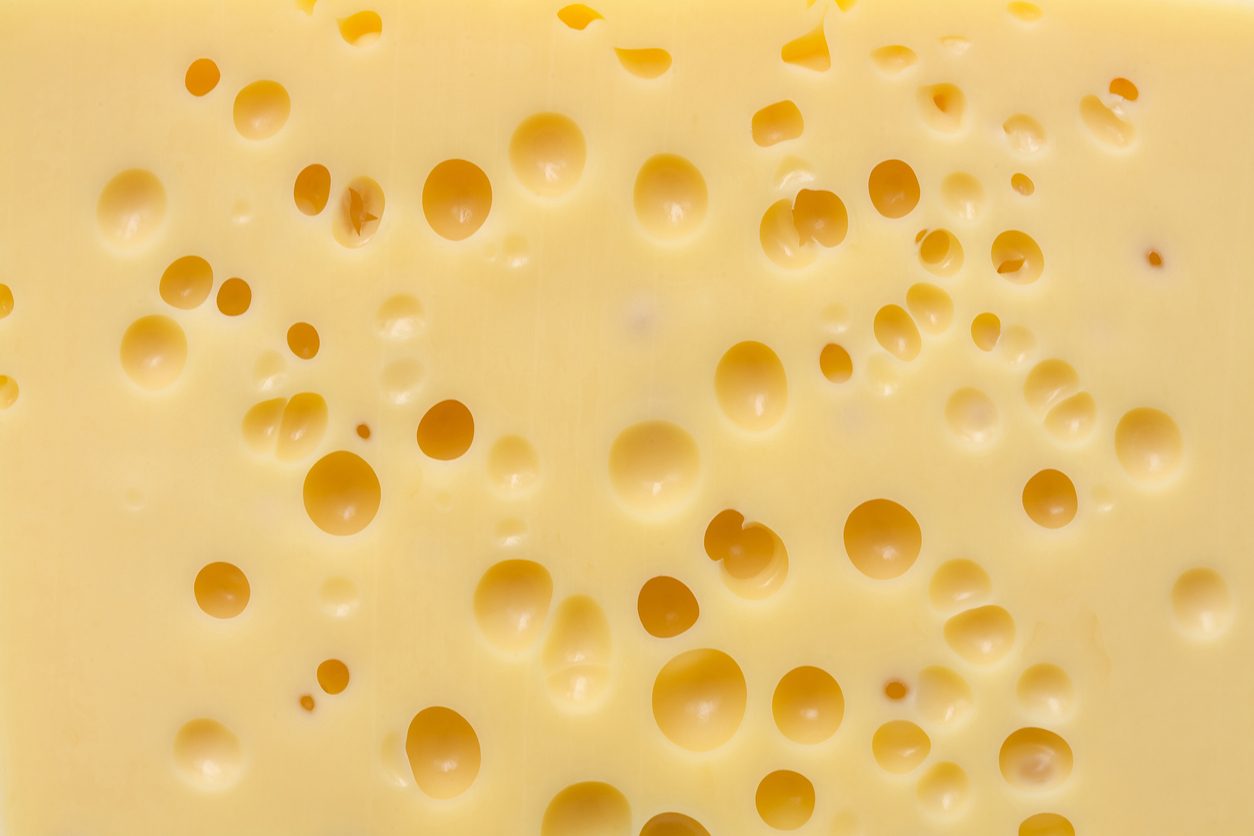Do Aphrodisiacs Really Work? Here’s the Truth, According to Science
Some foods have always had the reputation of being aphrodisiacs, capable of enhancing sexual performances and increasing libido. But is it true, or is it just an urban legend? Let's find out the truth, according to science.
;)
Chili pepper, oysters, chocolate: there are many foods considered aphrodisiacs, capable of having an invigorating effect on our body from a sexual point of view. It's a myth that's been around for a long time and is well-established in popular culture, but perhaps it's not as real as we've come to believe.
According to science, in fact, there are no foods in nature that have real aphrodisiac power. It is also true, however, that research progress in this field has highlighted how nutrition and sexuality actually have a link, although different from the one universally known.
The study of the fascinating combination between nutrition and sexuality, still the subject of scientific research today, has led to debunking the myth of aphrodisiac foods, but also to investigate in depth the substances present in foods that influence the sexual sphere and giving an explanation to the beliefs of the past.
What are Aphrodisiac Foods?
Since ancient times, some foods, spices and herbs have been identified as powerful aphrodisiacs for the body, meaning that through their consumption they give an increase in virility and fertility, an increase in sexual desire and a real boost in performance.
It is no coincidence that the term "aphrodisiac" comes from the name of the goddess Aphrodite, undisputed queen of love and beauty. Over the centuries these beliefs have strengthened up, reaching the present day: how many times have you heard that chocolate is a natural libido enhancer? And how many Valentine's Day menus based on oysters and chili have you read?

According to the folklore traditions, in fact, only some foods have this incredible stimulating power. Any examples? Chocolate with its sweet taste and velvety texture, oysters, considered powerful aphrodisiacs since Greek times, chili pepper, a real adrenaline rush for the circulatory system, honey, used by ancient newlyweds in the form of mead.
Do Aphrodisiacs Foods Really Exist? Here's What Science Says
Let's dispel the myth: science says that aphrodisiac foods do not exist in nature. The fact that some foods are considered sexual stimulants, therefore, is pure folklore and is just an urban legend.
But why have certain foods been so linked to the sexual sphere? Today there are some branches of science, in particular bionutrition and nutraceuticals, which study the components of food: this is where the birth of these beliefs lies.
Partly, the suggestion of aphrodisiac foods can be explained precisely by the nutritional content and functional aspects recognized in those foods. For example, chili pepper is a spice that promotes the body's thermogenesis and, like many other spicy foods, is an excellent vessel dilator.

Even chocolate, specifically cocoa, is able to increase the blood flow in our body, and is also rich in two particular substances: phenylethylamine, a stimulant released in the brain when we fall in love, and tryptophan, which helps to produce serotonin, a substance linked to sexual arousal.
Foods, therefore, may contain substances that have effects on our body, but they remain light effects that hardly really have the power to make the body more excited or make it perform better.
In other cases, in fact, the idea of an aphrodisiac food is only a suggestion: like oysters, for example, which according to the American sexologist Michael Krychman simply rely on a very powerful "placebo effect" due to their particular shape, or the honey, prescribed by Hippocrates for sexual vigor because newlyweds drank a fermented honey-based drink until the first moon of their new union.
Aphrodisiac Foods do Not Exist, but Eros and Foods are Linked
Beyond the legends and traditions that have been created on the subject, science explains to us that in general there is a link between eros and food: in fact, some foods, precisely because of their components, could affect the sexual sphere even if not as aphrodisiacs.
For example, experts suggest avoiding overloading on food before intercourse, especially fatty foods and proteins, because it sequesters the blood flow at the intestinal level and thus removes it from the sexual sphere. Alcohol is also a trap, because after the initial phase of euphoria comes a state of physical weakness and an increase in drowsiness which are certainly not good for sexuality.
If consumed in the right quantities, however, protein foods can help the sexual sphere: in fact, they contain, for example, ornithine and arginine, amino acids which can intervene in the synthesis of nitric oxide, promoting good vasodilation in men and therefore better predisposing them to the sexual approach.

The Romantic Allure of Culinary Aphrodisiacs
Food often transcends its basic function of nourishment, venturing into the realm of aphrodisiacs, not solely through its ingredients but through the act of creation and sharing itself. Crafting a meal for someone carries an intrinsic romantic and exciting charge, weaving intimacy into the culinary experience. This act of care and attention is inherently seductive, laying the groundwork for a deeper connection.
Moreover, humans, as creatures of habit, may develop a psychological link between certain foods and positive sexual experiences. When these specific circumstances or flavors are revisited, they can trigger a conditioned sexual arousal. Thus, the connection between food and desire is not just about the substance consumed but also about the context, emotion, and memory attached to it, illustrating the complex interplay between the senses and human sexuality.
;Resize,width=767;)

;Resize,width=712;)
;Resize,width=712;)
